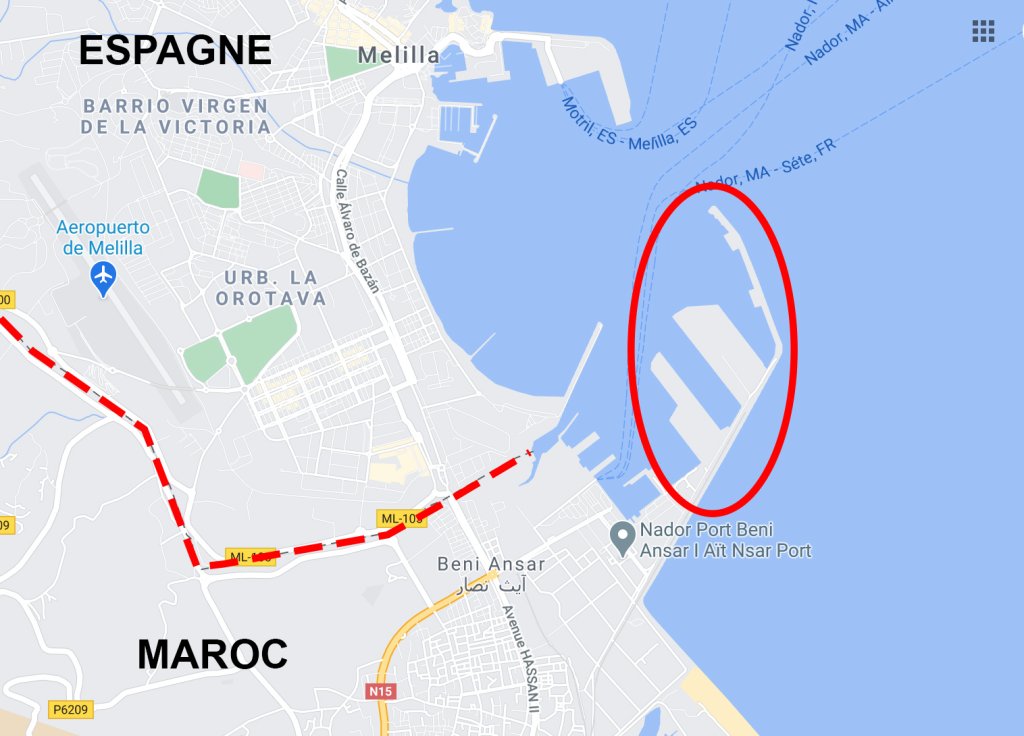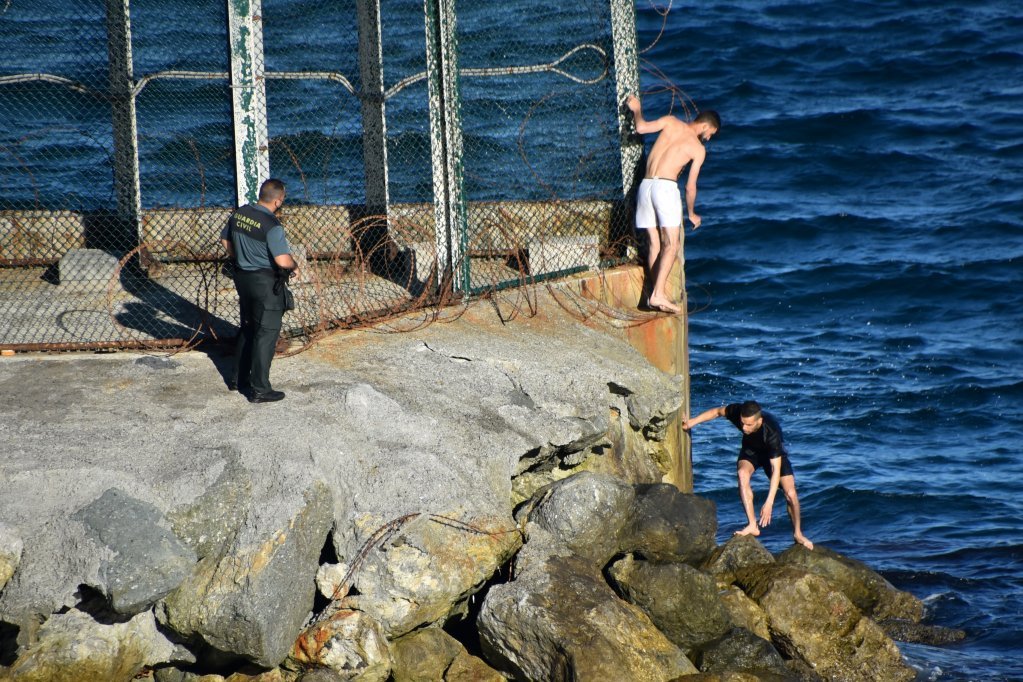The body of a man, believed to be a young migrant, was found on Saturday close to one of the seawalls in the port of Melilla, said the Moroccan Human Rights Association. The news came as Spain announced it would extend the closure of the borders between its enclaves and Morocco for at least 15 more days.
It is believed the young man found dead had been trying to access the Spanish enclave of Melilla by swimming from the Moroccan beach of Béni Ansar, reported InfoMigrants French, quoting the Moroccan Association for Human Rights (AMDH).
The numbers of those attempting to access the Spanish enclaves of Melilla and Ceuta, and thus the European Union, from Moroccan territory have begun to increase in the last few months.
The body of the young man was found close to the southern seawall on Saturday (April 30), stated AMDH. In a message posted on their Facebook page, AMDH called on family and friends to come and help them identify the body and report anyone they believed to be missing.
Just a few hundred meters separate the Moroccan port of Béni Ansar with that of Melilla’s harbor right next door. However, the swim around the long walls and into the busy port is made even more difficult by currents and the numbers of ships and ferries using both ports.
Arriving at dawn
"The process is generally the same for all migrants: they try to enter the [Moroccan] port of Beni Ansar early in the morning, at dawn, so as not to be seen. It's not easy, the port is quite well-guarded. Those who arrive there hide all day, and they start swimming around 1 or 2 am," explained Ali Zoubeidi, a Professor at the University Hassan 1 and a specialist in immigration, to InfoMigrants in 2021. "The candidates for swimming usually buy wetsuits and fins in the nearby markets. They hope to be less cold and go faster," continued Professor Zoubeidi, but the currents can be deceptive and the swim is very risky, he concluded.

In March, there were about 6,000 attempts to enter Melilla, reported InfoMigrants at the time. COVID-19 has hit the Moroccan economy hard and many young people have lost their jobs. The closure of the borders between Morocco and the Spanish enclaves also made things more difficult for the thousands of Moroccans who used to cross the borders regularly for work and trade.
On the same day the young man was found dead, the Spanish government announced that they will be extending the border closures by a further 15 days. This, reported the French news agency Agence France Presse (AFP), "dashed hopes they would finally reopen after two years."
Borders closed in 2020
The borders were shut in spring 2020 due to the coronavirus pandemic. In 2021, a diplomatic crisis between the governments of Spain and Morocco, triggered by Spain’s decision to allow a leader of a group (the Polisario Front) fighting for autonomy in Western Sahara to be treated in a Spanish hospital, meant they stayed shut.
Once Spain had admitted Brahim Ghali, the leader of the Polisario Front to hospital in Spain, and treated him for COVID-19, tensions were raised between the two countries. A month later, around 10,000 migrants crossed the Moroccan border into the Spanish enclave Ceuta, with Moroccan border guards largely turning a blind eye.
Many of those who made it into Spain were subsequently sent back to Morocco, and the wire fences and other barriers were re-sealed wherever it was possible.
At the beginning of April, however, Spain announced that borders were about to reoopen. Spain’s Prime Minister, Pedro Sanchez sat down to Iftar, the traditional breaking of the fast during Ramadan, with Moroccan King Mohammed VI, two princes, Morocco’s Prime Minister Aziz Akhannouch and other dignatories on April 7.

Resumption of trade and ferries
During that meeting, the two countries announced that cross-border trade and ferries would resume and new infrastructure projects and investment would restart. In fact, AFP report that on April 12, the first Spanish vessel docked in the Moroccan port of Tangiers. In return for investment and infrastructure projects, Morocco undertook to start cooperating even more with regards to migration from its territory towards Spain. Spain announced that it would be sending back "significant numbers" of migrants to Morocco.
It was expected that things would start to relax on the borders of both enclaves too. In March, a legal assistant at the association Solidary Wheels, Mar Soriano, told InfoMigrants that workers in possession of visas could travel between Morocco and the enclaves for work. Those asking for asylum were also permitted to pass through the wire fences. But that since 2020 all that had been closed.
InfoMigrants French reports that there are now sub-Saharan migrants gathered in the areas around the borders with the enclaves, hiding out in the hills in the hope that they can make it across at some point.
At the end of April, the Spanish Civil Guard announced that they would be installing the latest hi-tech equipment to help detect those attempting to breach the borders. The technology was expected to recognize and identify people day and night in the border zone. Videos and thermal cameras are already positioned along the border zone in Melilla.
With AFP and InfoMigrants French
